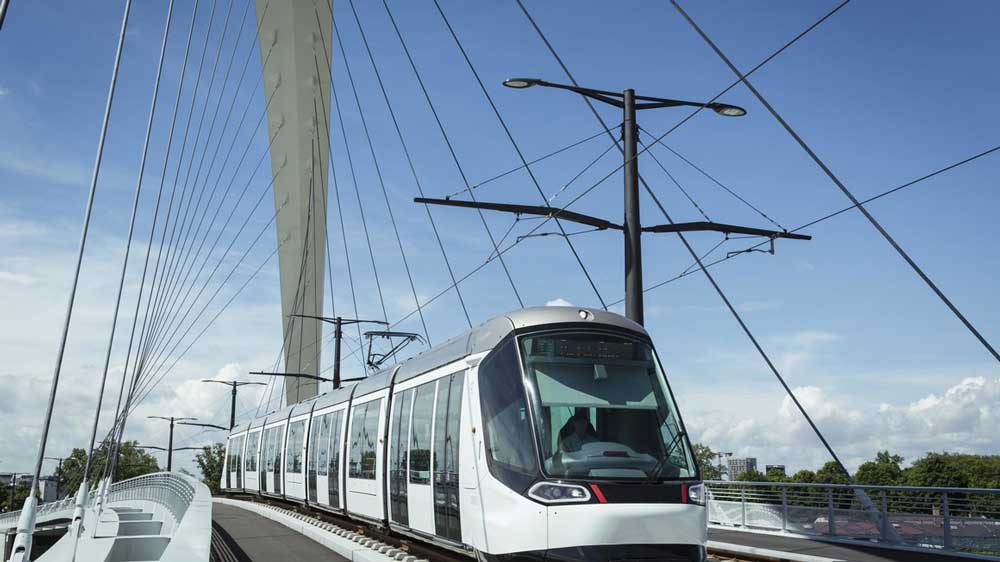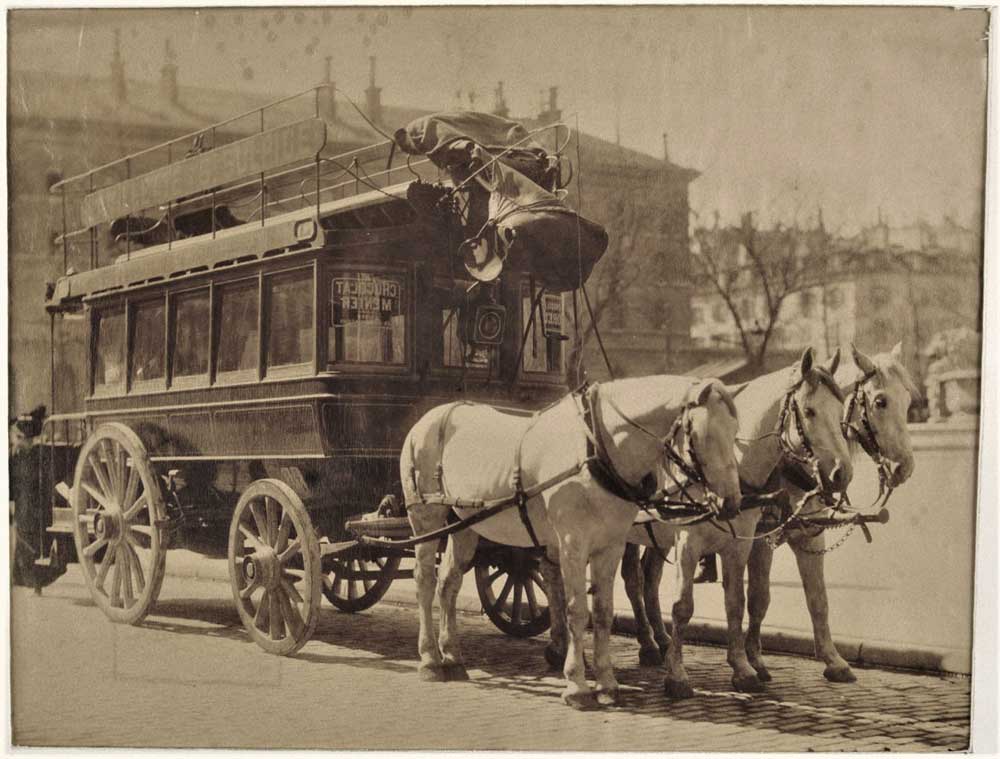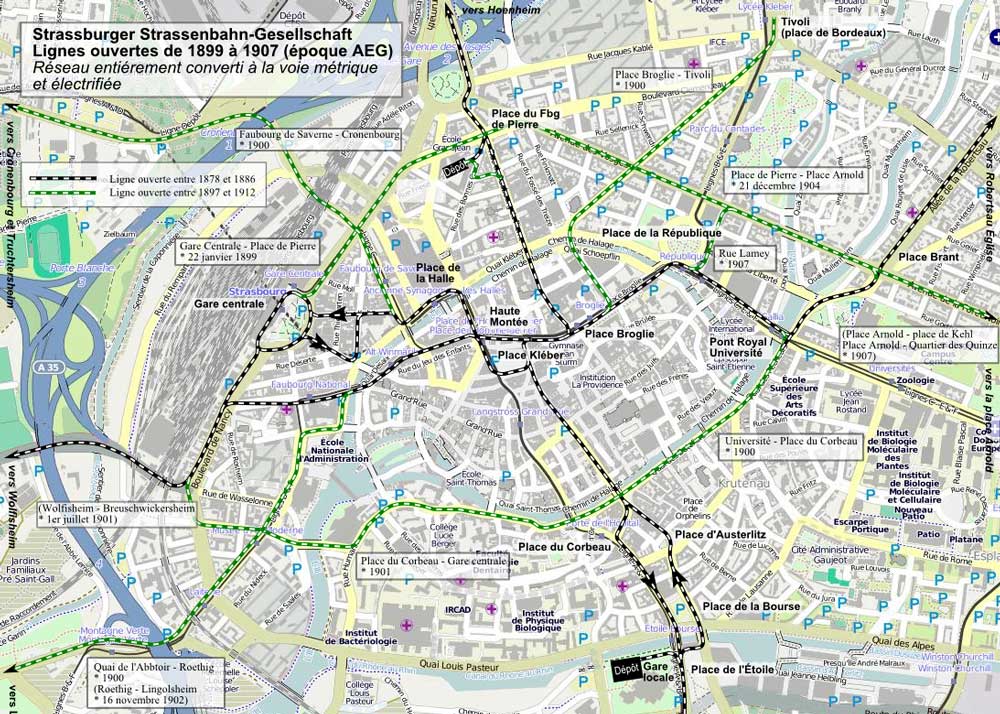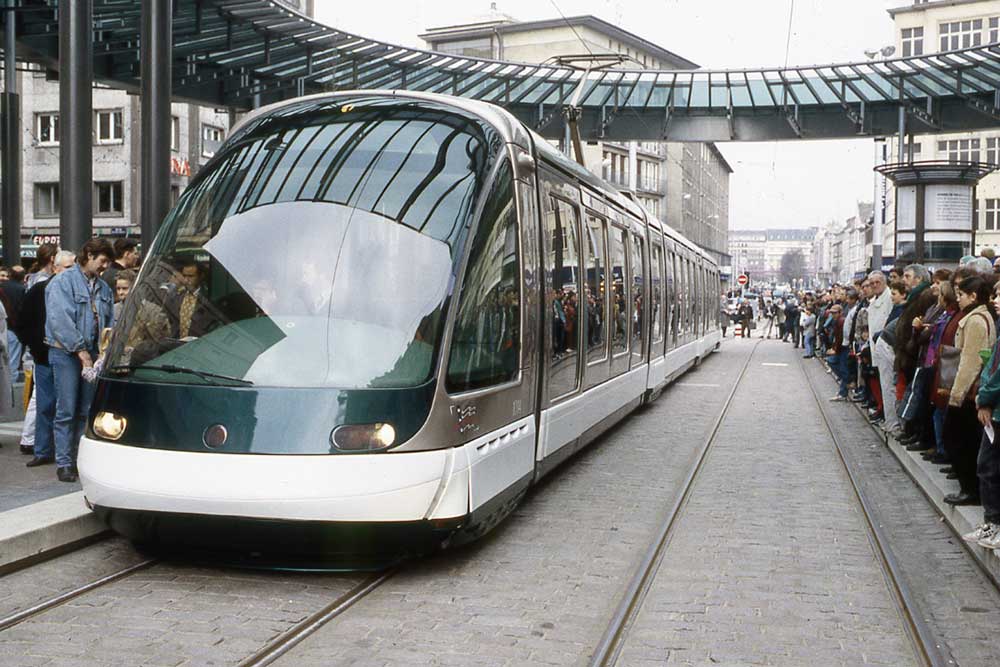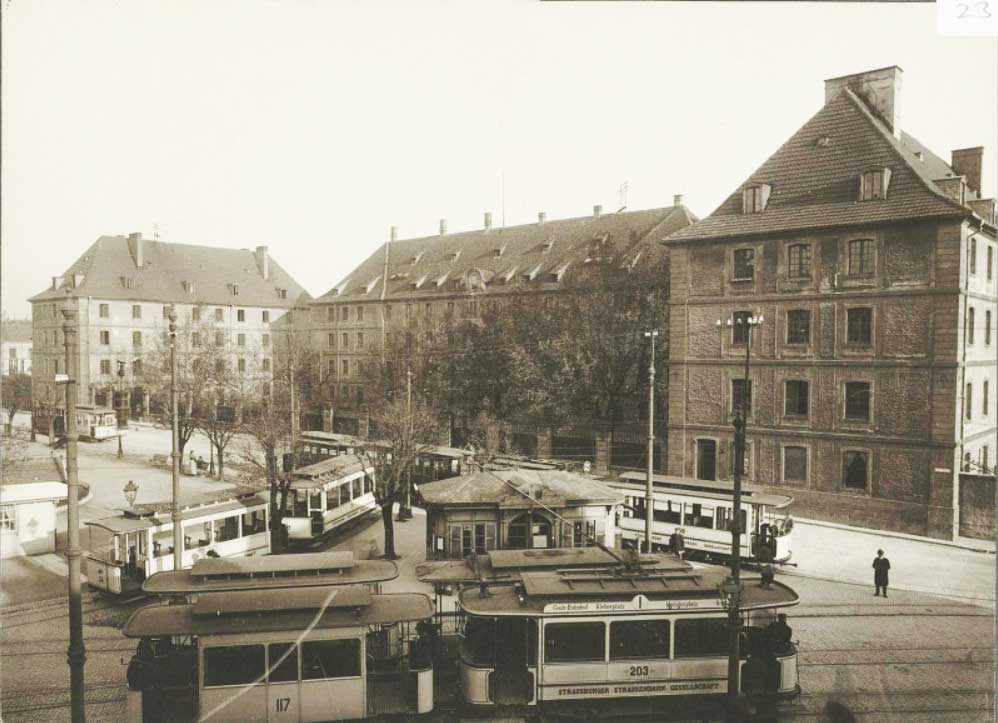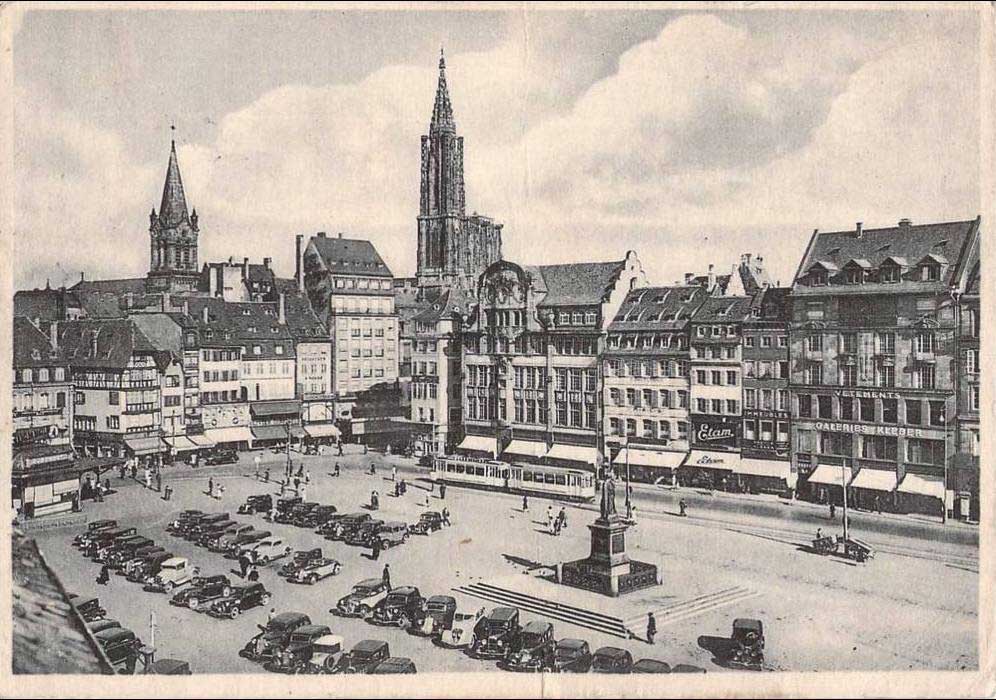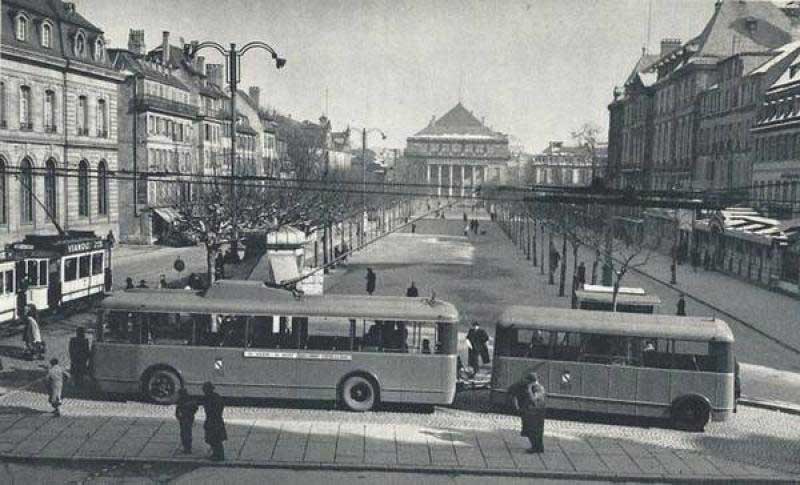The tram’s first life
November 4th 2020, by Leo
You clicked on this article, curious about what you could discover? Maybe you even are at the moment a passenger of the said tram we announced in the title?
Ah Strasbourg! And Strasbourg cannot be without its tram. We all have memories of the tram, caught on the fly conversations, hazy glances in the distance, the comforting warmth washing over oneself when the doors close in wintry weather (if such a thing ever happens again), the smell of beer floating on a Saturday evening, the sudden loud voices that catch you unawares, a not so civil telephone, the sharp look of a controller, a stolen sleep between two bilingual announcements of a stop we know by heart, a crowd so dense at peak times there is no need to hang onto anything, the setting sun flooding one side of the wagon …
Daily scenes from a story that accompanies us, with its twists and turns, its victories and defeats, its soul. Don’t hesitate to share your own anecdote in the comments!
Our venerable ancestors still remember its first epic, and perhaps were they also among the hundred thousand people who greeted the ultimate tram’s last stand in 1960. But before any decline, there lies a first birth.
We are in 1870. Strasbourg has just passed to Prussia and the Kaiser does not intend to let it remain a small, post-medieval city. An urban plan of unprecedented ambition is imagined, the creation of entire districts, avenues, buildings, parks, monuments is envisioned: the Neustadt is born. And a modern, state-of-the-art city must offer transport means in line with the booming population. But how were they doing before? Well, there were carriages, the kind that one might find in historical movies, the cabs of the time, still available on the Kléber square. Yet it was expensive a service that only the wealthy could pay for.
From 1860 on, a new practice starts in Strasbourg, one that had recently spread in large cities: horse omnibuses. Simply put, it is a carriage with ten or even twenty places that offers its services to passers-by. You might as well call it irregular and not so comfortable; imagine yourself sitting in such a wooden box mounted on steel-rimmed wheels, bouncing off our uneven cobbles. But the Kaiser’s Prussia thinks big, and it thinks ahead: in 1877 is created the first transport company of Strasbourg. It is a service for all, working on a regular timetable, covering considerable distances, it has fixed stops. Here is the birth of our modern urban transport. Well, the locomotion is still old-fashioned, everything is still horse-drawn, we feed the engine some oat.
To compensate for the long distances to the suburbs, a steam locomotive is sometimes installed, the coal gets the job done. But the electricity fairy spreads its wings on every level and its contact transforms our horses into lines tightened across the city. The city center and the connection to Kehl are already converted to electricity as the 19th century comes to an end. The central hub of this whole system is the same as today : the ‘Homme de Fer’ square. Everyone takes the Straßenbahn, even the post office which creates postal convoys! The streets adapt themselves and transform, the rumble of horses’ hooves is replaced by the heavy rolling of wagons, punctuated by whistles when they start moving. New lines are laid from year to year, making the network ever better.
But a heavy specter looming on the horizon is about to change the situation; the Great War is coming and will implacably sweep away all evolution during its time.
Four years and hundreds of thousands of bodies later, life reasserts itself and the Roaring Twenties bear witness to the exuberance of the world. In Alsace, the wind has turned: the line to Kehl is closed, the network on the German side is sold to Baden and we work now on (again) becoming French. The transport company’s name gets translated and becomes … our CTS (Compagnie des Transports Strasbourgeois – the Strasburger Transport Company)!
Our beautiful tram in Strasbourg affords itself its last extensions in the years 18/19 and 27, before it feels the wind of change coming right up. In 1937, the first gasoline (omni)buses backfire on the Victoire boulevards, around the square which is now the Republic square. The war is the occasion of one last burst of great activity: the people living in Strasbourg are evacuated in the tram’s wooden and metal wagons by the tens of thousands, as they are to begin a long journey to the southwest of France. Then comes the end of the Second World War and the following Trentes Glorieuses (the Glorious Thirty years) which give a push towards modernity. And this latter is motorized. The roads are adorned with fresh tarmac, the prices become attractive, people want to move now that they are able to, the automobile world is shaping up.
Barely a few decades later, line after line, the tram disappears and gives way to parking spaces and bus stops. Its last wagon rolls around in 1960. But this is only the first part of the story and the phoenix shall rise from its ashes more than thirty years later.
Dear reader, dear tram user, if you want to watch passing trams as we chat and continue to reveal the pages of our city’s history, do not hesitate to stop in one of our Free Tours stations or to leave us a comment!

